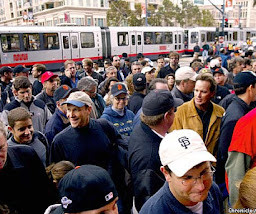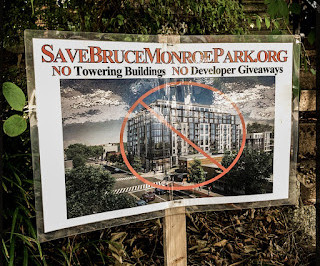2023 Year-End Boxscore Charts, Billboard Magazine
Rebuilding Place in Urban Space
MARCH 20, 2024
There were a series of articles by smaller communities, about how the quality of their city as an events-sports destination was high, despite the size of the community or whether or not they actually had a sports team, for example Fort Worth doesn't (" Here’s why Fort Worth’s Dickies Arena was named Billboard’s No. 1 venue in the world."











Let's personalize your content